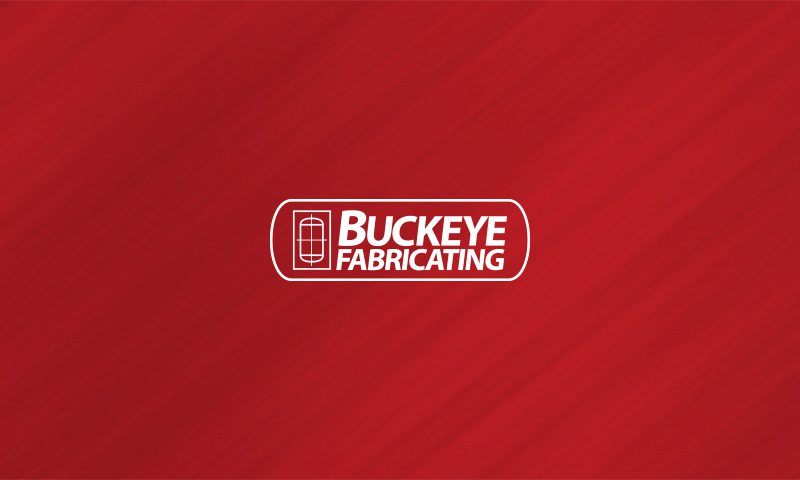The external and internal steel surfaces of a pressure vessel need suitable finishing to prevent corrosion and to preserve the aesthetic appearance of the vessel. Most pressure vessels are made of carbon steel, although for specialized applications, stainless steel is often preferred due to its durability.
Here are some guidelines on selecting the best steel finish for pressure vessels.
Internal Finishing
The selection of the internal steel finish of a pressure vessel is crucial for several reasons. These include the need to prevent corrosion that compromises the integrity of the pressure vessel tank and to avoid product contamination as a result of a chemical reaction with the tank walls or from corrosion. Four main techniques are used:
Tank material selection: It’s always best to ensure that the tank materials are compatible with the products processed, taking into account their concentration, temperature and pressure. This information is readily available, and the ideal is to find a steel grade that does not react with the product.
Surface finish: In addition to selecting the right material, resistance to erosion and chemical attack is increased by polishing internal surfaces to remove surface imperfections, particularly around welds. Polished surfaces are also easier to clean and less susceptible to stress corrosion cracking.
Coatings: A wide range of epoxy and other coatings such as vinyl ester are available for painting the internal surface. These provide moderate to good resistance to chemical attack but need to be inspected periodically and may require replacing every few years. The underlying steel surface must be carefully cleaned and meticulous application is necessary to ensure there are no imperfections in the coating.
Lining: As an alternative, the internal surface of the tank can be lined with a material that is compatible with the chemicals in use. Lining materials include ceramics, rubber and epoxies. Generally, these provide better protection than paint coatings, but there is often a need to avoid rapid temperature and pressure changes that may break the bond between the lining and the tank. A way to avoid this problem is to use a flexible rubber bladder instead of a bonded lining.
External Finishing
The primary purposes of the external finish of a pressure vessel are to avoid external corrosion and to maintain the vessel’s appearance. This can be achieved in several ways:
Painting: The most common method is to apply a suitable paint coating. Selection of the right coating depends upon several factors, including the temperature of the tank, atmospheric pollution and presence of corrosive chemicals. As with internal coating, careful attention to surface preparation and application will ensure the paint coating has a long life. The range of suitable products includes epoxies, vinyl esters and zinc silicates.
Thermal insulation: Special care is required when the tank is insulated as any moisture that is able to get between the insulation and the tank will cause rapid corrosion. This is best avoided by ensuring that the insulation cladding is waterproof and by applying a special inert coating to the tank surface. Regular inspection and maintenance of the condition of the thermal insulation will prevent unexpected corrosion.
Galvanizing: Another effective method is to galvanize the tank. Generally, this will entail hot dip galvanizing that will coat both the interior and exterior surfaces of the tank.
The selection of the best surface finish for a carbon steel pressure vessel tank is often a tradeoff between cost, durability and service life. Although paint coatings cost less, they require regular maintenance. Tank linings are often more durable but cost more. Stainless steel finishes are expensive but usually require minimal maintenance.



 ASME Informational
ASME Informational Tank Materials
Tank Materials